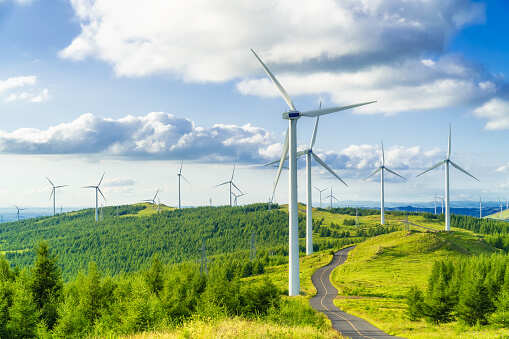 COPENHAGEN: Orsted, the world's largest offshore wind energy developer, posted a forecast-beating operating profit for the second quarter on Thursday but said power generation from existing sites had not been satisfying.
COPENHAGEN: Orsted, the world's largest offshore wind energy developer, posted a forecast-beating operating profit for the second quarter on Thursday but said power generation from existing sites had not been satisfying.While earnings from wind farms in operation increased by 18% in the first half year, driven by the ramp-up of generation from new wind farms, Orsted was not fully satisfied with output due to a number of outages and curtailments across its portfolio.
It said some of the issues would continue into the third quarter.
Core earnings or EBITDA came in at 3.6 billion Danish crowns ($540.6 million) in the second quarter, beating the 3.1 billion crowns forecast by 11 analysts in a poll compiled by Orsted.
The beat was mainly driven by the timing of so-called farm-downs of stakes in wind farms and construction gains, said analysts from Bernstein and ABG Sundal Collier.
Orsted, which has built more than a quarter of the world's wind farms at sea, often sells off large stakes in wind farms to raise capital to invest in new projects.
"It is about the quality of their earnings ... We would rather see that they made more money from operating sites than on farm-downs," said ABG Sundal Collier analyst Casper Blom.
Shares in Orsted traded down around 2 percent by 0811 GMT, having hit a record 647 crowns the previous session. The stock, whose listing in Copenhagen was one of the biggest globally in 2016, is up more than 150% since starting trading.
Orsted, which operates the world's largest offshore farm Hornsea 1 with capacity to power one million UK homes, has rebranded itself as a renewable energy firm after it sold its oil and gas unit in 2017.
The rebrand has increased its appeal to investors interested in green investments, which have seen a boost amid policies to implement the 2015 Paris Agreement, a collective shot at avoiding climate breakdown.